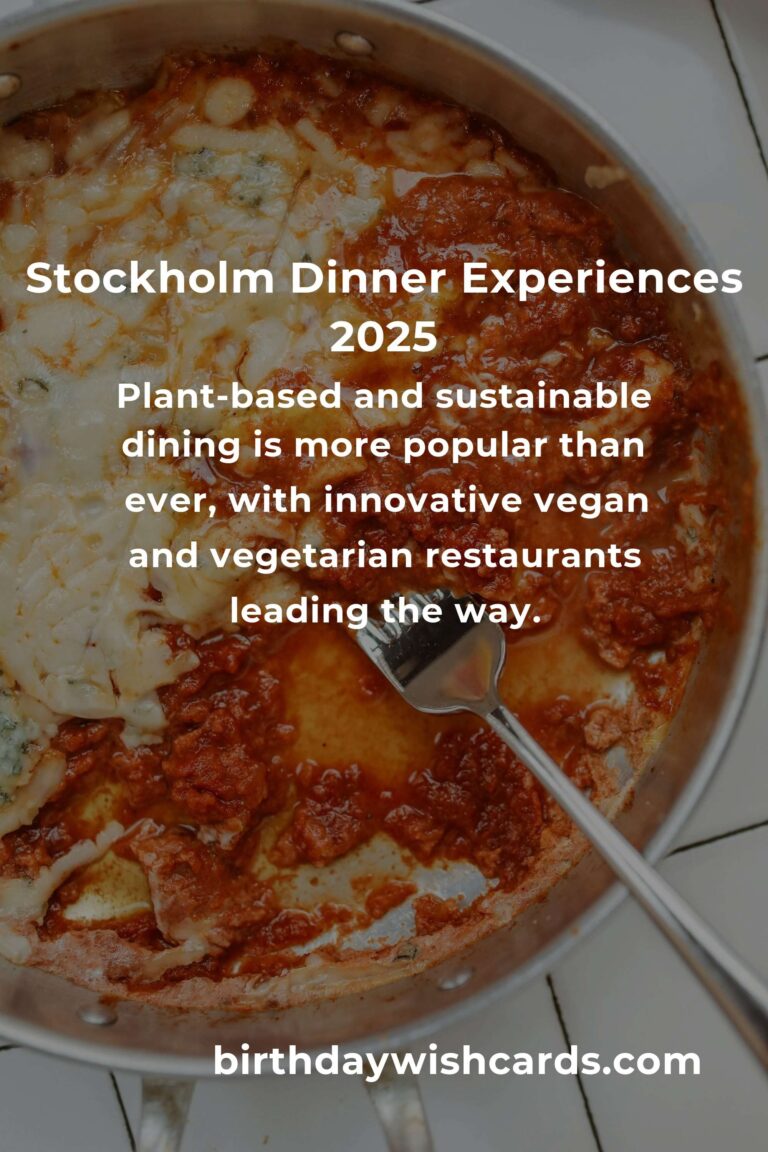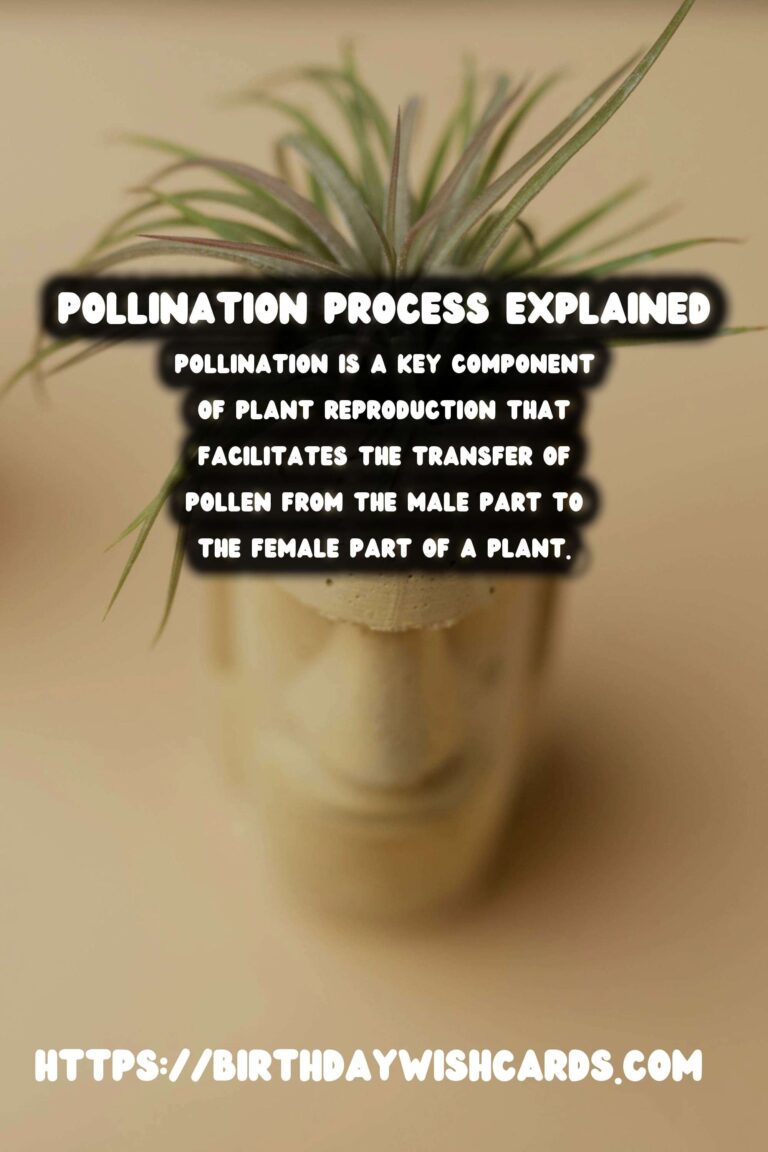
Plant reproduction is a fascinating and essential process that ensures the continuation of plant species. One of the key components of plant reproduction is pollination, a natural mechanism that facilitates the transfer of pollen from the male part to the female part of a plant. This process is crucial for the production of seeds and fruit, which in turn supports the growth of new plants.
What is Pollination?
Pollination is the process by which pollen grains are transferred from the male anther of a flower to the female stigma. This can occur within the same flower, between flowers on the same plant, or between flowers on different plants. The primary goal of pollination is to enable fertilization, leading to the development of seeds.
There are two main types of pollination: self-pollination and cross-pollination. Self-pollination occurs when pollen moves from the anther to the stigma of the same flower or another flower on the same plant. Cross-pollination, on the other hand, involves the transfer of pollen from the anther of one plant to the stigma of a flower on a different plant of the same species.
Agents of Pollination
Pollination can occur through various agents, including wind, water, animals, and insects. Each of these agents plays a unique role in the pollination process:
Wind Pollination
Wind pollination, also known as anemophily, is common among grasses, conifers, and some flowering plants. These plants produce lightweight pollen grains that can be easily carried by the wind to other flowers. Wind-pollinated plants often have flowers that lack vibrant colors and scents, as they do not need to attract pollinators.
Water Pollination
Water pollination, or hydrophily, occurs in aquatic plants where pollen is transported by water currents. This method is less common and is seen in plants like seagrasses, where pollen floats on the water surface until it reaches the stigma of another flower.
Animal and Insect Pollination
Animal and insect pollination, collectively known as zoophily and entomophily respectively, are the most prevalent forms of pollination. Bees, butterflies, birds, bats, and other animals visit flowers to feed on nectar, inadvertently carrying pollen from one bloom to another. These pollinators are often attracted by the bright colors, enticing scents, and nectar rewards offered by flowers.
The Importance of Pollination
Pollination is crucial for the production of seeds and fruits, which are vital for plant reproduction and biodiversity. It also plays a significant role in agriculture, as many crops rely on pollinators for successful fruit and seed production. Without pollination, ecosystems would suffer, and food production would face significant challenges.
Challenges Facing Pollination
Despite its importance, pollination faces several challenges due to human activities and environmental changes. Habitat loss, pesticide use, climate change, and the decline of pollinator populations are significant threats to the pollination process. These factors can disrupt plant reproduction, leading to reduced crop yields and loss of plant diversity.
Conserving Pollinators
To ensure the continued success of pollination, conservation efforts are crucial. Protecting natural habitats, reducing pesticide use, and promoting the planting of native flowers can support pollinator populations. Additionally, raising awareness about the importance of pollinators can help drive global efforts to conserve these vital organisms.
Conclusion
Understanding plant reproduction and the role of pollination is essential for appreciating the intricate relationships within ecosystems and the importance of preserving biodiversity. By protecting pollinators and their habitats, we can ensure the sustainability of our environment and agriculture for future generations.
Pollination is a key component of plant reproduction that facilitates the transfer of pollen from the male part to the female part of a plant. There are two main types of pollination: self-pollination and cross-pollination. Pollination occurs through various agents, including wind, water, animals, and insects. Animal and insect pollination are the most prevalent forms of pollination. Pollination is crucial for the production of seeds and fruits, playing a significant role in agriculture. Pollination faces several challenges due to human activities and environmental changes. Conserving pollinators is essential to ensure successful pollination and biodiversity. 
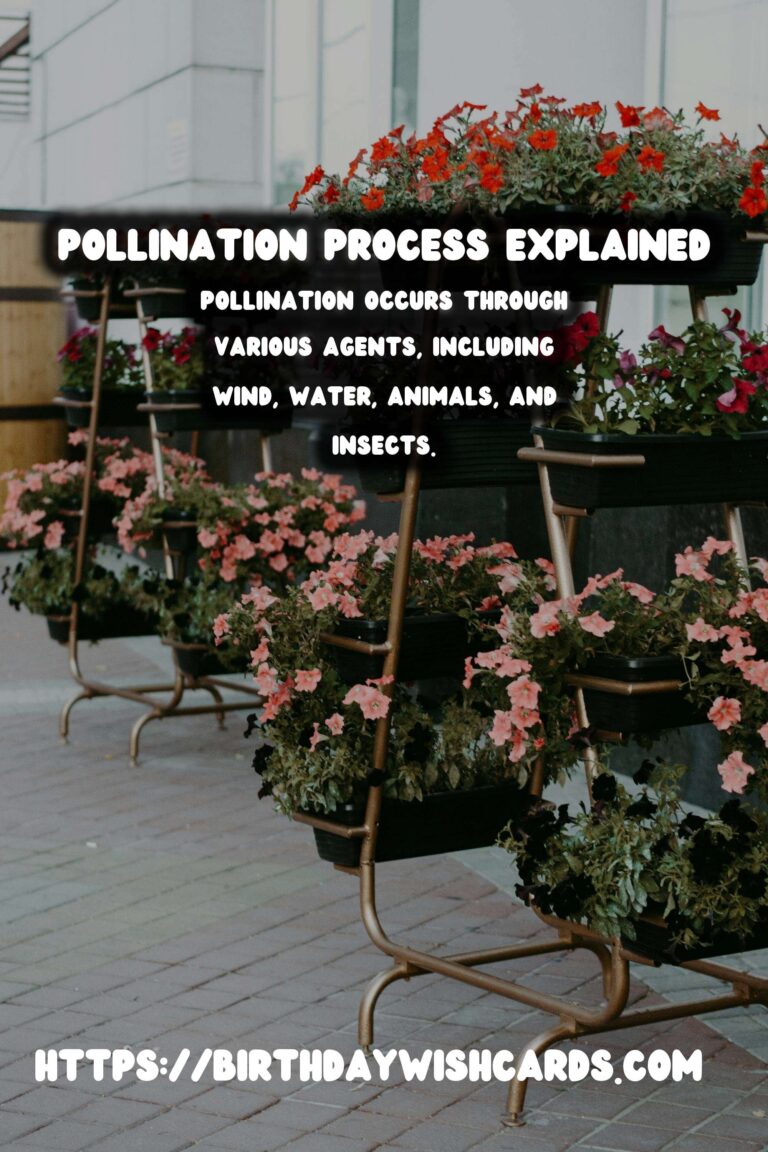
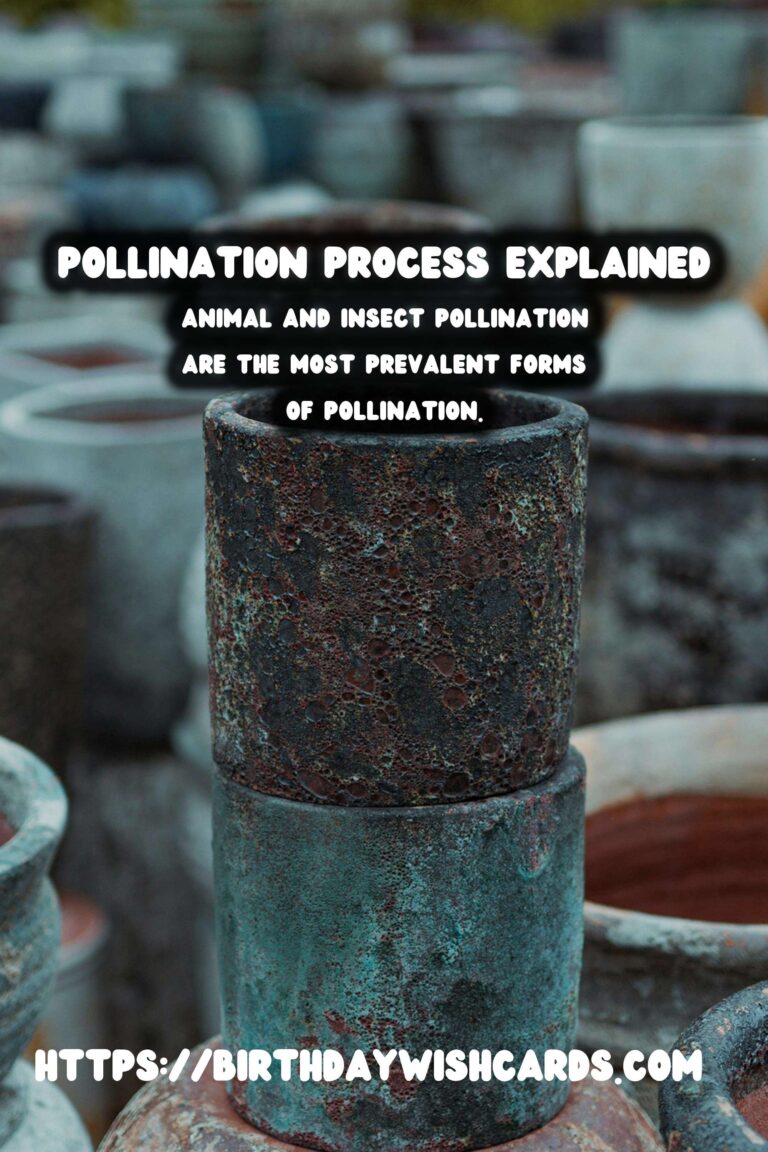
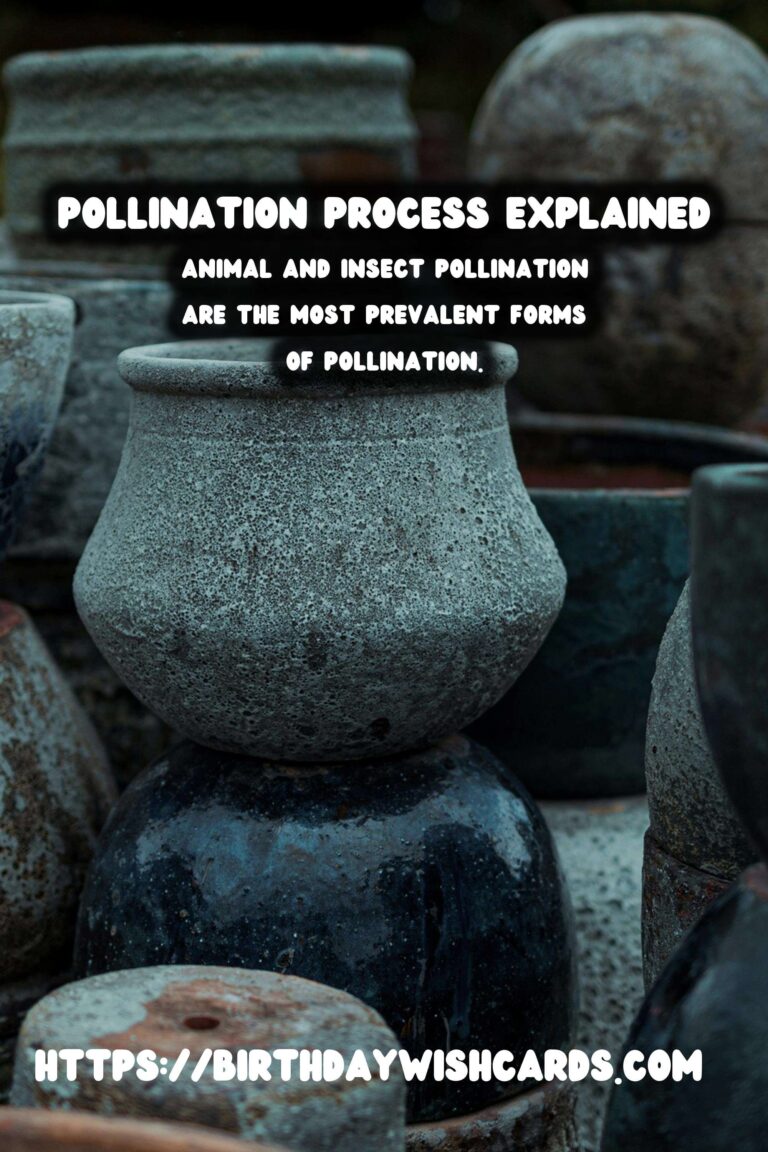
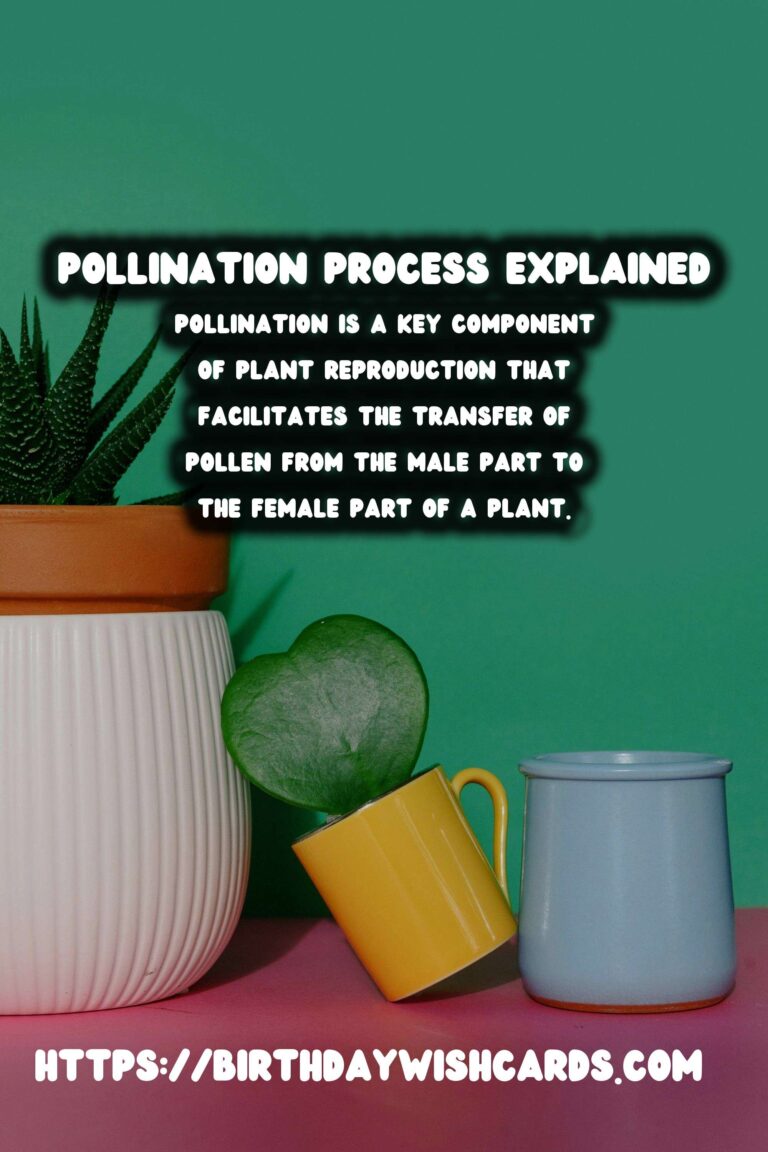
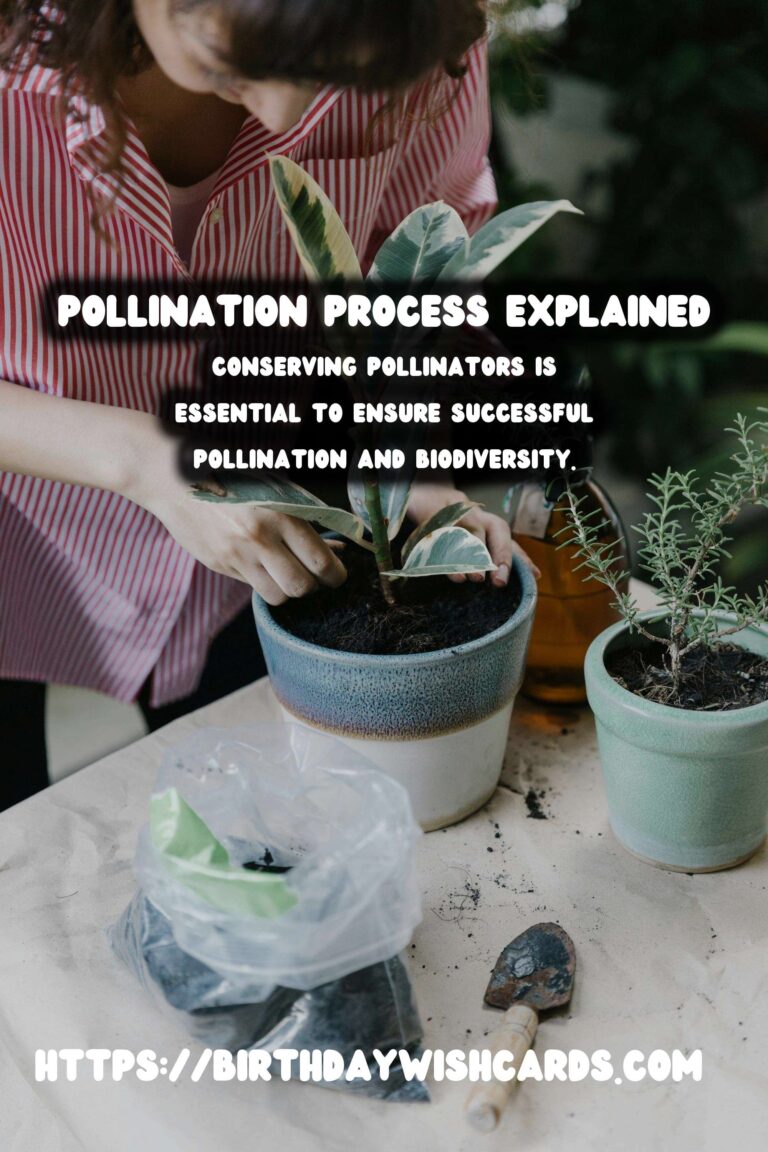
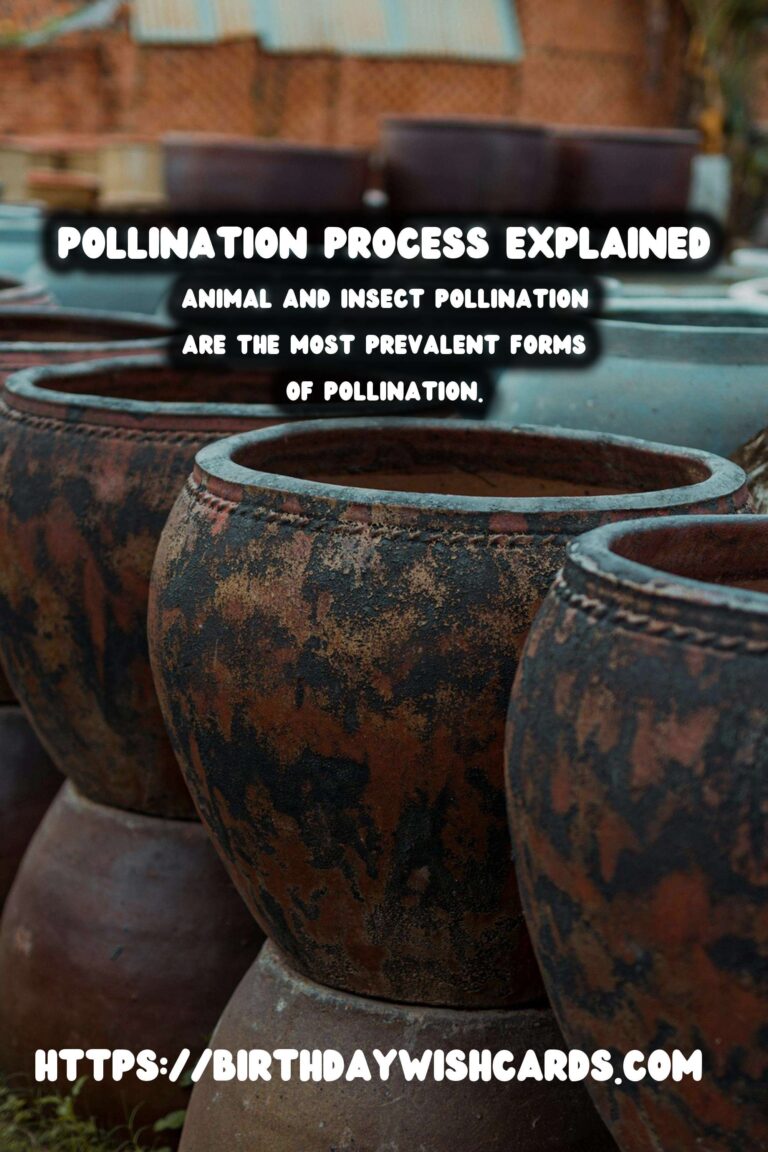
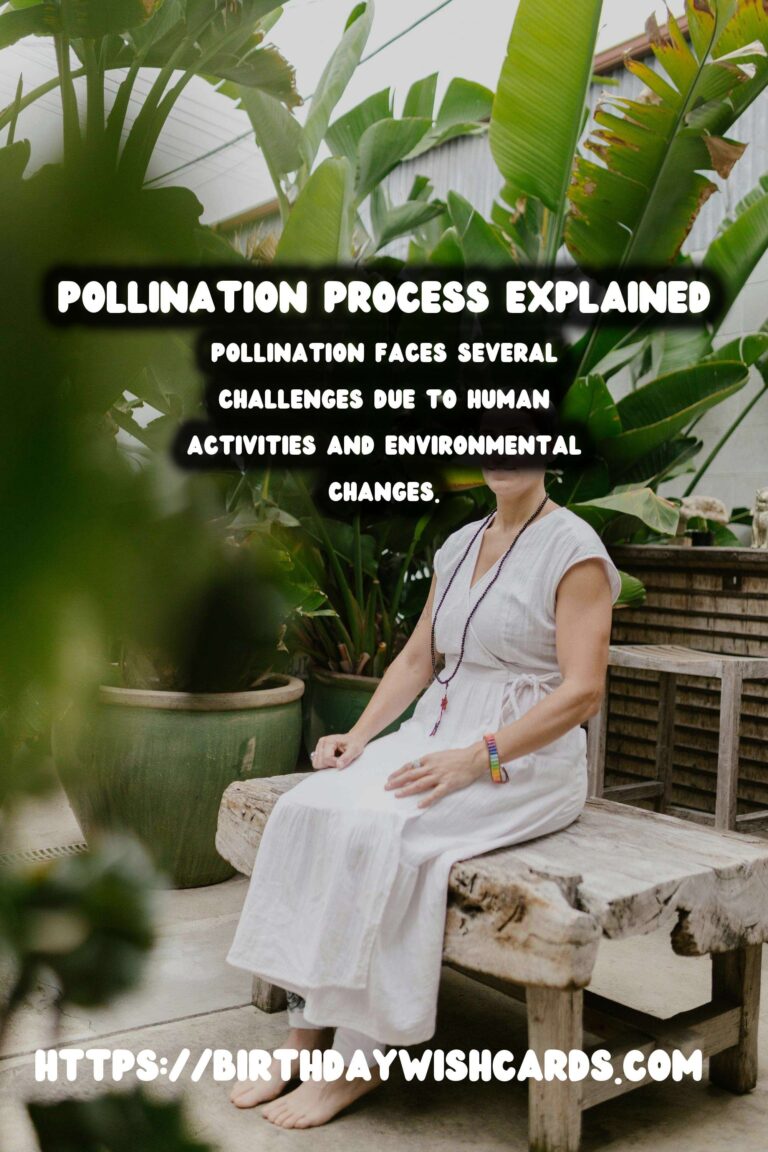
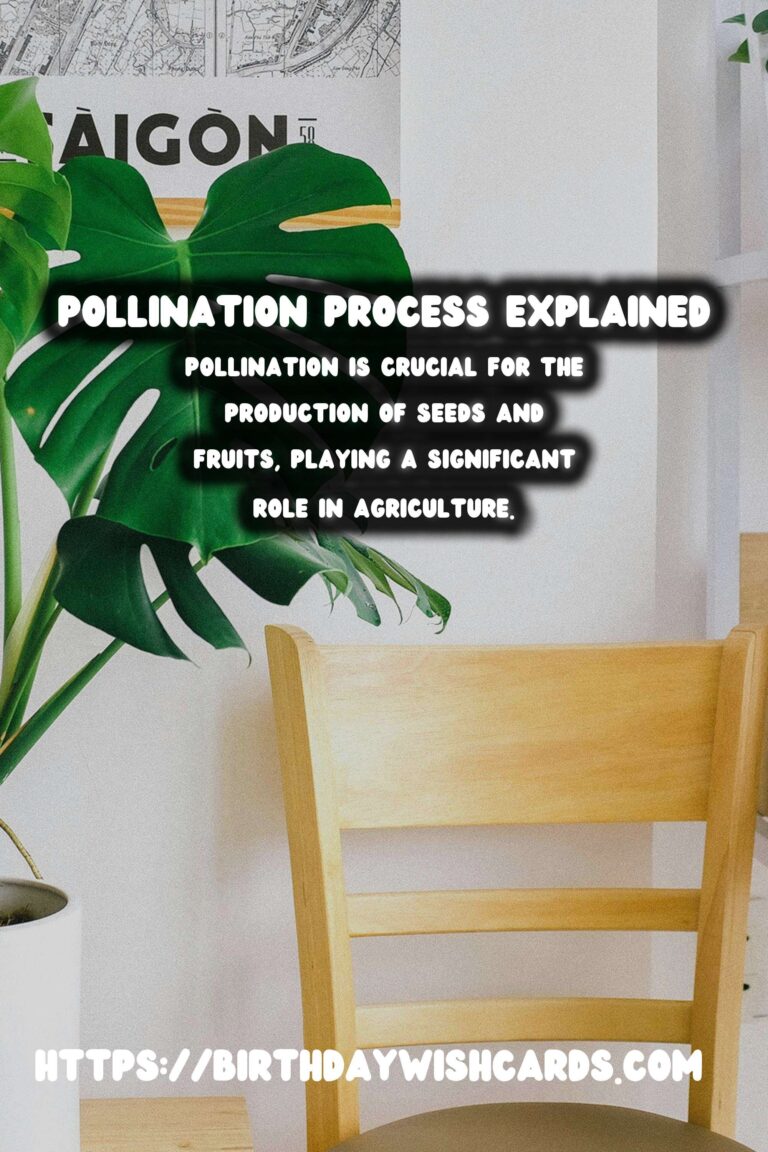
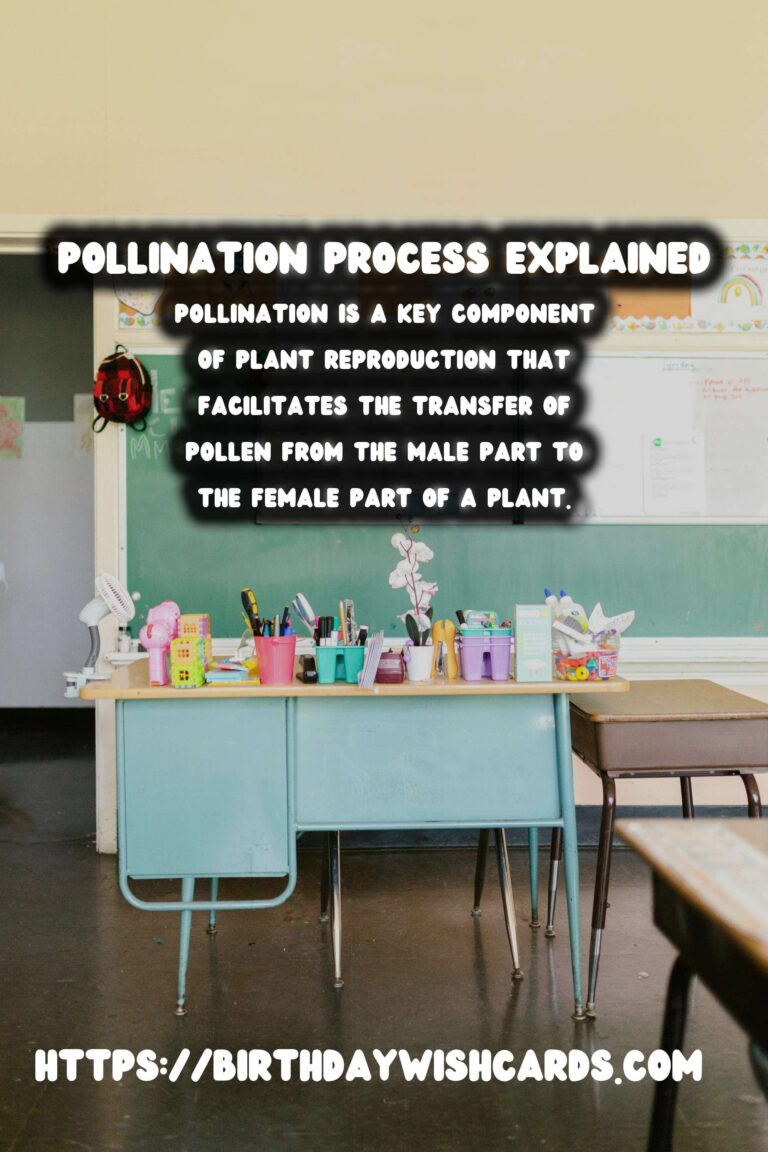
#Pollination #PlantReproduction #Biodiversity #Ecosystem #Agriculture




